The archaeological zone is in the semi-arid and mountainous region in the center of the state of Guerrero. The archaeological zone is located 3 kilometers from the town of Xochipala. Xochipala in the nahuatl language means "the flower that paints of red." The Organera Xochipala, is not well-known archaeologically and has been sacked during several decades, nevertheless, recent investigations allow us to outline its historical-cultural development; we know the mezcala comprised its culture. Xochipala had its apogee from 650 to 900 C.E. and includes 18,000 square meters. Its beginning was to protect the culture of the valley, five constructive stages have been identified that include from Early Classic to the Late Posclassic. The oldest part of this site was constructed directly in the bed rock. In this stage, walls and foundations were made of limestone and stone blocks corresponding to the Early Classic period 200 to 350 C.E.. From the second stage there is a small construction with a false vaulted roof, perhaps a tomb, the skeleton of an adolescent was buried between stones of a wall, perhaps an offering to the gods. Most of the exposed buildings belong to the third stage of constructions which acured in the Classic period. The little foreign ceramics related to this third stage seems to come from Teotihuacan. A tiesto decorated with the figure of a person adorned with reptile hairdo has been dated between 650 and 750 C.E..
The fourth stage, between 900 and 1200 C.E., constitutes the moment of decay of the site, when old palaces were reused as grain rooms and the columns reused as construction material for walls. The last stage happened towards 1400 C.E. after this date the inhabitens left and the city fell into ruins. During all the stages a great variety of pottery was used to hold water. Stone axes and chisels, polishers, crushers, arrow heads and obsidian knives, as well as striker pins of horn, copper, bone and accounts of jade and shell; all this indicates the archaeological zone was used for ceremonial, civil and commercial functions. After the Spanish conquest,the city was re-inhabited and its importance to the region was as the producer of cotton, fruit trees, salt, seeds (maize, beans, pumpkin) and mainly medicinal plants.

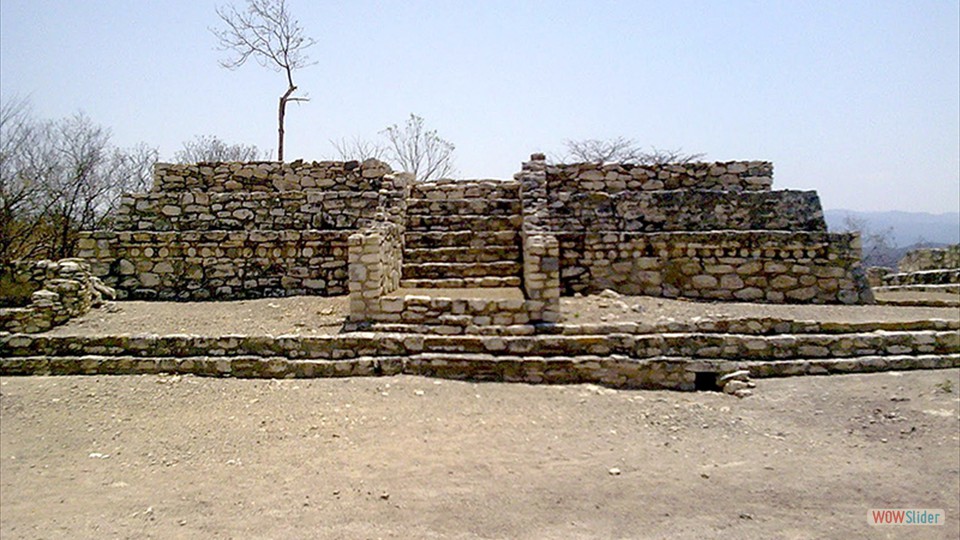
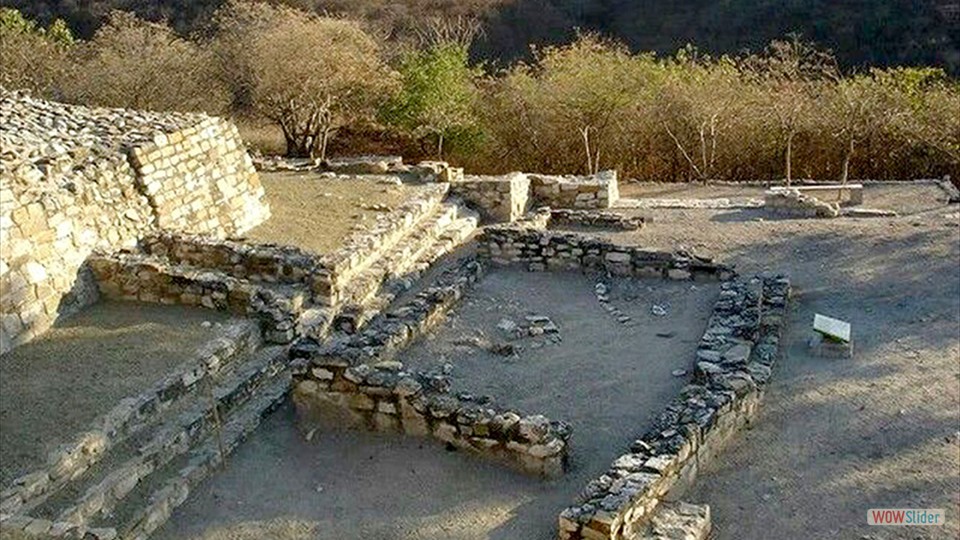
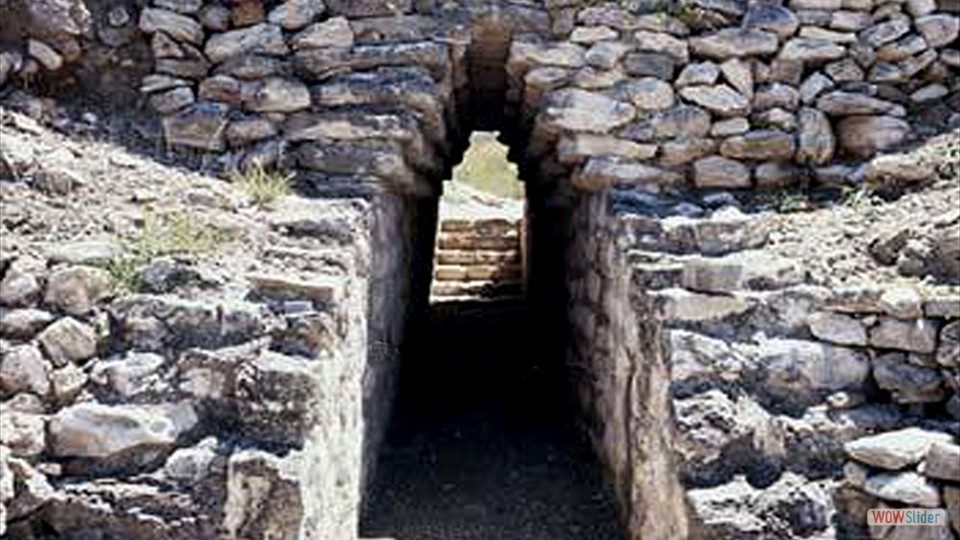

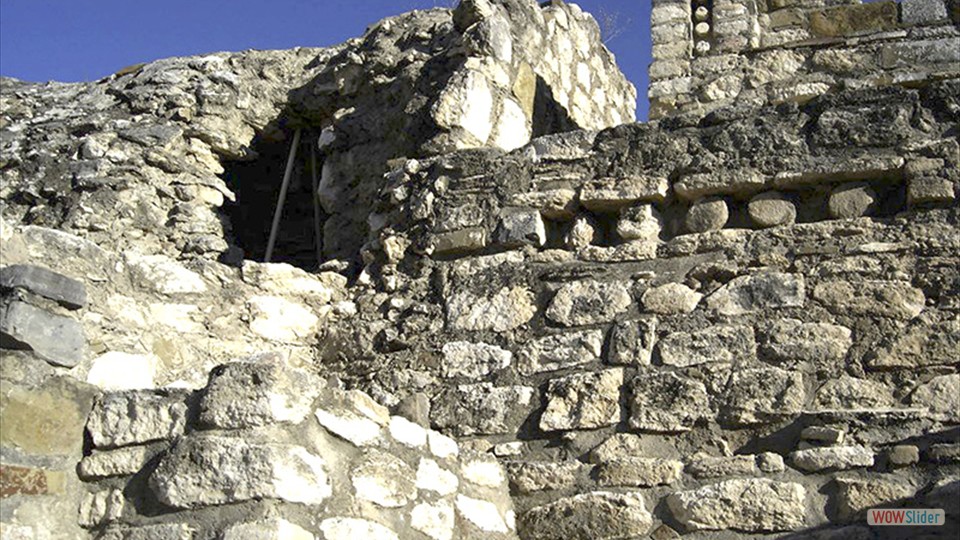

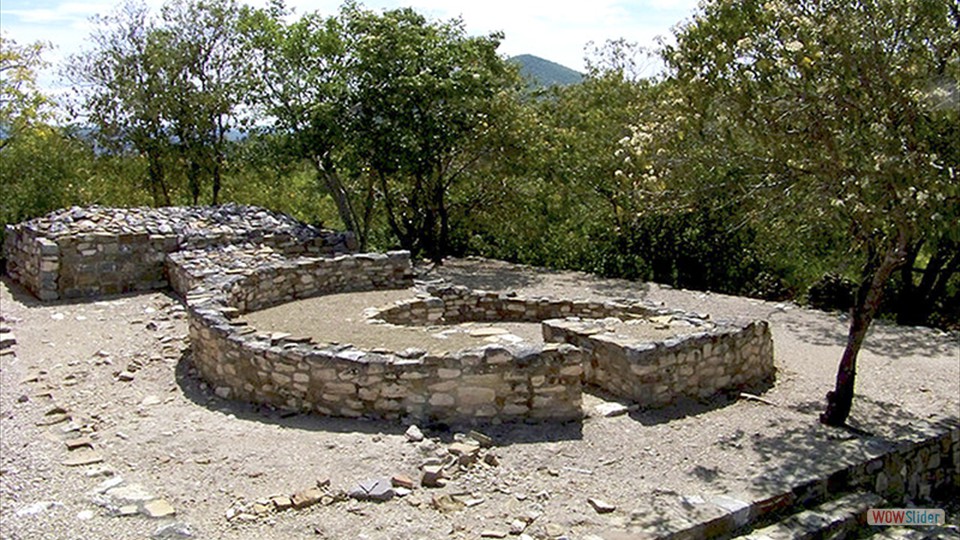
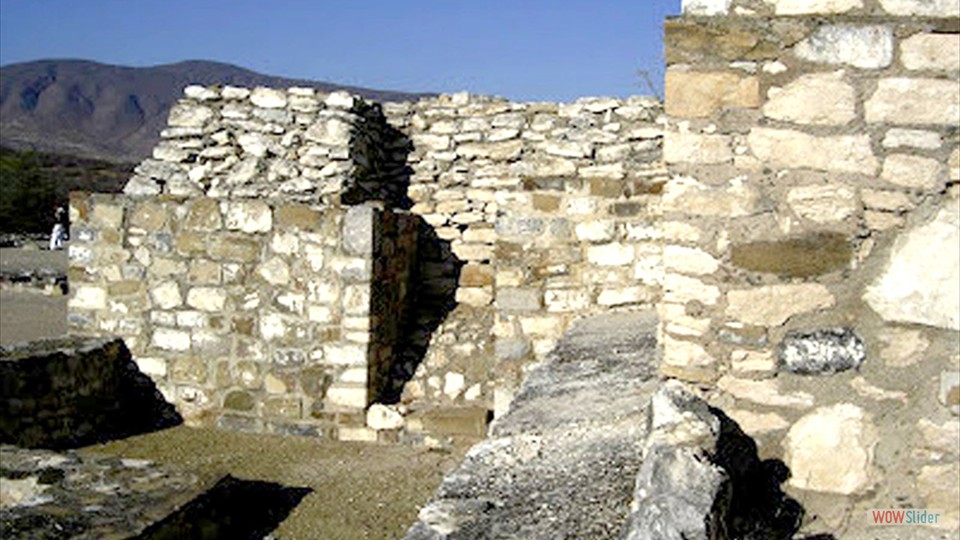
 1
1 2
2 3
3 4
4 5
5 6
6 7
7 8
8